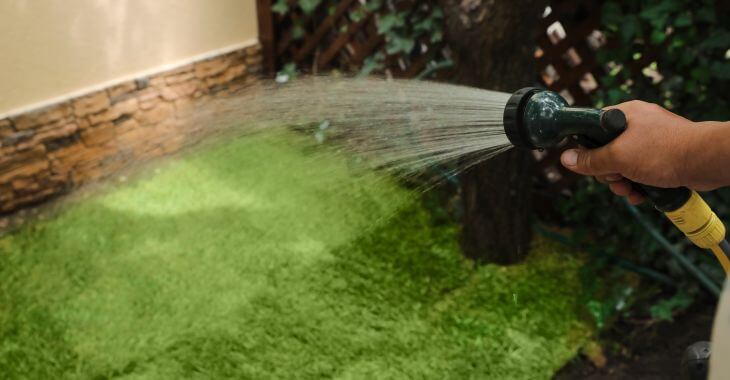It Pays To Keep Your Lawn Maintained
Many of us embark on an annual spring ritual of investing much time, energy, physical labor, and money in the pursuit of creating that perfect, beautiful, lawn. Having survived the dreary colorless winter, we dream in green. With the soil appropriately prepared, no expense has been spared in the purchase of seed or sod; the grass is in. Now what? If we’ve got the right soil and grass, we should just be able to sit back in joyful anticipation of a great lawn. Unfortunately, such an attitude will not be very productive. A great lawn requires lawn care and maintenance; here are some necessary components.
New seed needs to be watered frequently until the grass begins to grow, as does sod, until its roots become established. It is better to water heavily (enough to soak down 6 to 8 inches into the soil) when the grass needs it, rather than to water lightly and frequently. Mow frequently (never more than 1/3 its height at one time) because it causes the roots to work less and builds a thicker lawn, helping to prevent weeds and disease. Add nutrients to the soil through fertilizing once or twice a year. Aerate your grass, in the spring or fall, to loosen up that compacted soil and allow oxygen in. Also, usually in the spring, remove that heavy built up layer of thatch that keeps air and water away from the soil.
Once you’ve established a healthy lawn, your weed problem should be minimal and can be handled individually with a low-toxicity herbicide. Likewise, lawn pests (bugs) and diseases (fungus) should be minimal with a healthy lawn. However, your local landscaping professional can certainly assist you with any of your lawn concerns.
